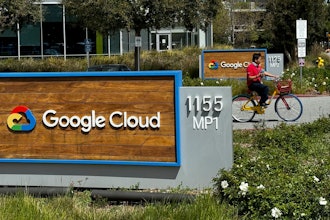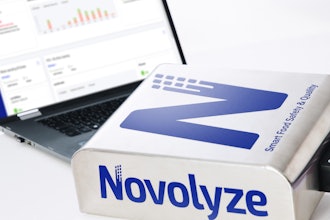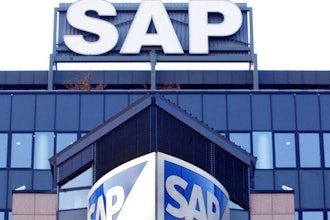Technology continues to advance at a fast and furious pace, but its impact on the enterprise is constantly challenged by the complexities of rising costs, increased competition and much more. This has placed a greater burden on technology infrastructures to perform, and deepened the need to ensure that sufficient resources are available to support critical enterprise applications.
To address these challenges, one of the most promising IT movements gaining ground in food manufacturing and in other industries is the hybrid cloud. It’s a technology approach that research firm Gartner predicts will be in place in 50 percent of enterprises by 2018. The reason for this popularity is simple: hybrid cloud gives IT departments an effective way to bridge the gap between the pressing need for additional infrastructure and capacity while maximizing existing resources and systems.
In a hybrid cloud environment, organizations can connect private or public cloud-based solutions with on-premises systems in order to best meet operational needs and compliance requirements. A hybrid cloud can be architected and deployed in any number of ways, and this flexibility is one of many reasons it is so appealing to food manufacturers, particularly for enterprise information management (EIM) initiatives. For example, if there is a need to maintain specific content on-premises for operational or compliances reasons but the organization wants to leverage the cloud for sharing non-confidential information with suppliers, then the hybrid cloud becomes a viable option.
As IT departments within food manufacturing companies consider how to best leverage the hybrid cloud in their EIM objectives, here are several suggestions to keep in mind:
- Don’t Skimp on Security and Data Protection. While the benefits of the hybrid cloud approach are numerous, there are several EIM deployment considerations that every IT leader must take into account to achieve a successful implementation, starting with security. Data protection needs to be carefully considered across all areas of a hybrid cloud environment, from the network infrastructure all the way out to the application layer. When planning for a hybrid cloud environment, close attention must also be paid to access controls and data encryption, especially since an organization’s confidential information may be transmitted through the Internet.
- Adhere to Regional Information Management Rules. Information management rules vary by geographic region. Some countries have specific regulations regarding how data is stored, secured and shared. It’s essential to determine if the cloud providers have control over the country or countries in which servers are located and data is stored, as they need to meet the storage requirements of the selected locations.
- Eliminate Information Silos. Most IT leaders will consider it a requirement to have at least some of their existing business systems integrated with cloud solutions. If integration is deemed necessary, the number of vendors to evaluate is reduced, since the process of achieving effective integration can be predicated by the need for robust APIs and web services — which rules out many contenders. An important best practice is to eliminate or diminish information silos by ensuring connectivity between cloud and on-premises systems. Information must be easily accessible at any time — from any system and any device.
- Compliance Is Critical. Compliance is always a top consideration in EIM initiatives for companies that operate in heavily regulated industries such as food manufacturing. Compliance and security requirements may necessitate that specific information assets be maintained on-premises, while other content assets, which have been determined to be less sensitive, can be stored in a cloud model for easier sharing with suppliers, external partners and others.
Address Evolving IT Needs
Because IT requirements evolve and change, IT departments need to be agile. The hybrid cloud offers a flexible and scalable way to build upon the strengths of existing on-premises systems, giving food manufacturers the ability to adapt quickly to new demands. With the hybrid cloud, organizations are no longer limited by their own infrastructure, and can adjust to sudden shifts in activity, or even embark upon projects hosted separately outside of the internal IT network. In addition, the cloud is the ultimate enabler for high availability, and hybrid clouds deployments enable organizations to bolster their disaster recovery capabilities by distributing their information resources across multiple cloud providers.
Deploying an information management system in a hybrid-cloud architecture clearly offers food manufacturers many advantages. In addition to delivering greater IT flexibility and providing the capability to consume cloud-based resources in keeping with budgets and goals, it’s an approach that can fuel a powerful new way to keep pace with ever-increasing business demands.
About the author
Mika Javanainen is Senior Director of Product Management at M-Files Corporation. Javanainen is in charge of managing and developing M-Files product portfolio, roadmaps and pricing globally. Prior to his executive roles, Javanainen worked as a systems specialist, where he integrated document management systems with ERP and CRM applications. A published author, Javanainen has an executive MBA in International Business and Marketing. Follow Mika on Twitter at @mikajava.



















